The Cape Wrath Trail in winter: seeking silence in the Scottish Highlands

Time to announce my big winter project for early 2019.
More:
It’s time to talk about a project I’ve been planning for a while. You may have seen hints on social media or in my newsletter about it. My reluctance to discuss details hasn’t been about hyping the journey – in fact, I worry that in saying nothing I may already have over-hyped it! – but purely because this trip needs more planning than most and I needed to be sure it was feasible before announcing it. Also, I needed to know how I was going to approach the money and gear side this time, because this will be the biggest trip I’ll have ever done.
Most of those details are now well on the way towards being settled, so the time has come to announce what I’m up to.
It’s pretty simple. I want to hike a variant of the Cape Wrath Trail in winter, and I want to explore concepts of authenticity and silence along the way.
That last bit is the hardest bit to explain, so I’ll start with the easy part.
The route
In June 2015, I changed my life forever by hiking the Cape Wrath Trail.
It was a landmark trip for me in many ways. It was my longest trip to date, at 241 miles. It was the start of my journey as a lightweight backpacker. It also launched my career as an outdoor writer. In many ways, I’ve built almost everything I’ve done since on the CWT.
But, challenging as the CWT was – and it was a hell of a challenge! – summer is not my favourite season in the Scottish Highlands, and I have long been enthralled by tales of hiking the Cape Wrath Trail in the harder, colder, darker, wilder, more beautiful season.
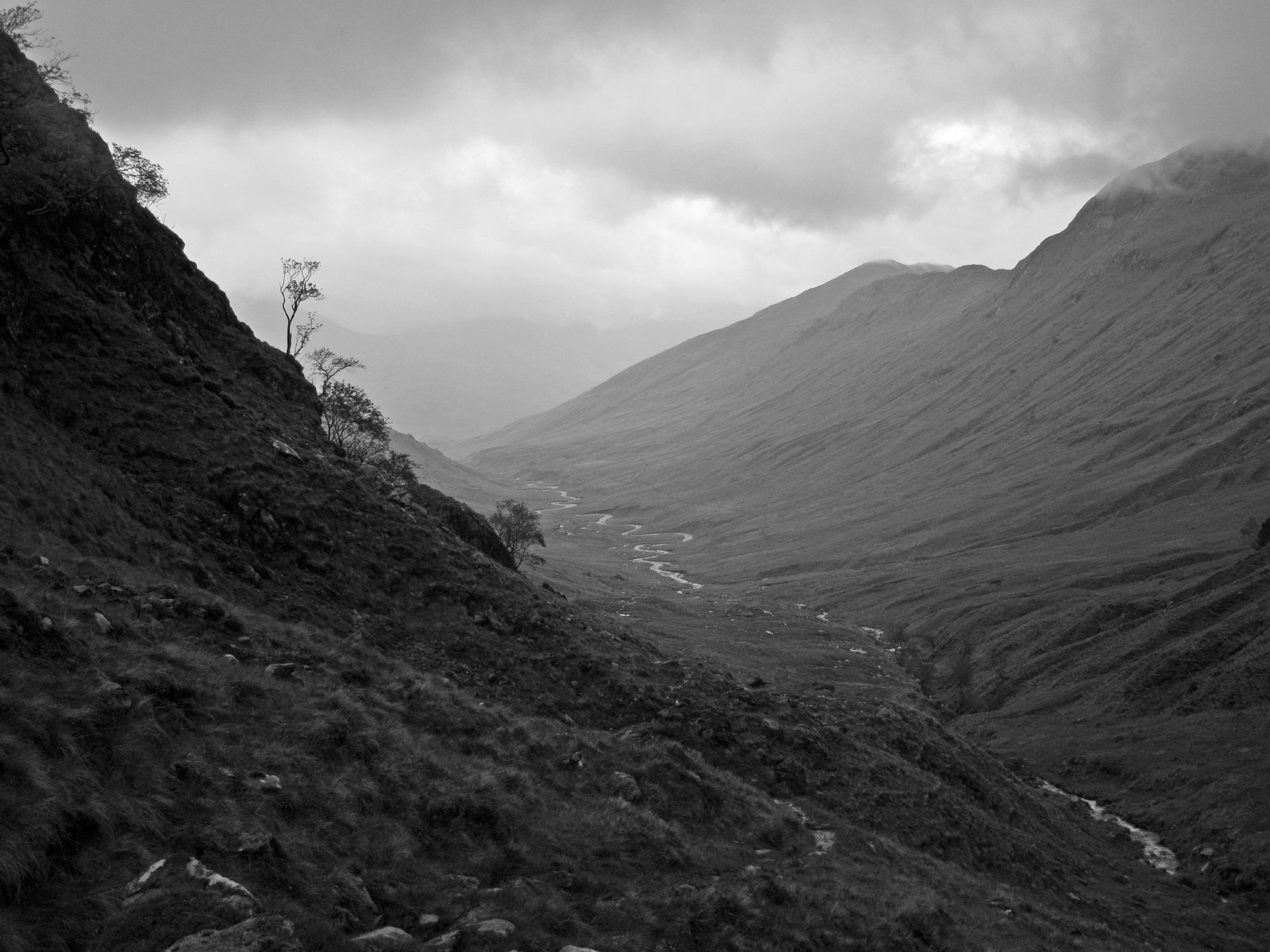
From what I can tell, not many people have done the entire trail in winter. Iain Harper, author of the excellent Cicerone guide to the CWT, has done it. The photographer James Barlow did most of it a few years ago (and his photos have been a key source of inspiration for me). But most people would not even consider taking on such a trail in full winter conditions. It requires a huge amount of experience, and there is a high risk of failure.
I will not be taking exactly the same route I did in 2015:
- Instead of starting in Fort William, I’ll be starting in Ardnamurchan instead. Partly this is because I like the symmetry of walking from the westernmost to the north-westernmost point on the British mainland, but mostly it’s because I want to spend a few days exploring Ardnamurchan and Moidart, places I have never visited before.
- Due to the fact that the Carnoch Bridge in Knoydart is currently missing, I’ve planned a completely different route through Knoydart. My route between Glen Shiel and Torridon is also very different – mostly along established CWT variants, just because I fancy a change of scenery.
- If conditions permit, I’ll be diverting along major mountain ridges and taking in some Munros along the way. This is very much an optional extra, though!
- Overall, the route I’ve planned is roughly 280 miles. This could be +/- about 30 miles depending on how many detours and foul-weather variants I take.
- I expect the journey to take roughly a month.

The challenge
Let me be clear: I am not attempting any kind of record or world-first here. The number of people who have thru-hiked the CWT in winter is probably less than a tenth of the number who have done it in summer, and online trip reports are incredibly thin on the ground, but I won’t be the first by any means. I won’t be attempting a speed record either. In fact, I’ll be taking my time.
But it is going to be a significant challenge for many reasons:
- Most obviously, the weather. The Highlands could be in the grip of full winter. This could mean challenging backcountry travel over snow and ice; I may need to use ice axe, snow shoes or crampons for days on end; there will probably be camping on snow. I could be faced with hurricane-force winds days from the nearest road. It could rain for weeks. The weather will almost certainly be a lot worse than it usually is in summer.
- Thanks to the greater risk of high rainfall, river crossings may be more dangerous than in summer. River crossings are the primary hazard on the Cape Wrath Trail and avoiding crossings in spate may cause multi-day detours or multi-day delays.
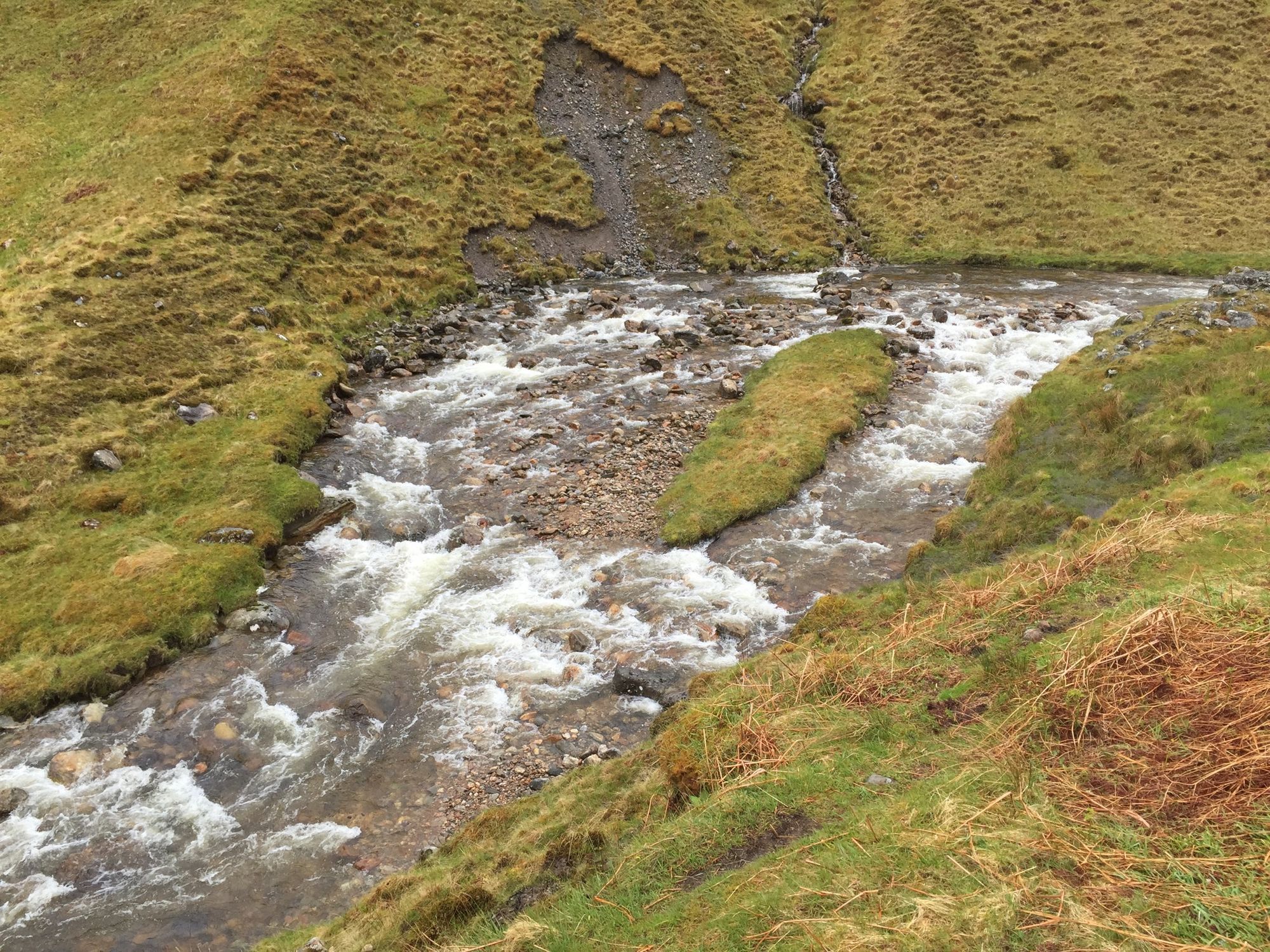
- Due to the colder temperatures and high risk of snow and ice, I will be hiking in boots, not trail shoes. Combined with the fact that much of the terrain is very boggy and may not be frozen, this will lead to a significantly increased risk of blisters. Blisters can end long-distance trails.
- Daylight hours will be much shorter than in summer, making it even more difficult to achieve decent mileage per day.
- Many of the stores, hostels and hotels I used for resupply and rest stops on my summer crossing will be closed in winter. This will make resupply logistics much more difficult, and I’ll probably end up carrying far more food and fuel.
- Due to the food and gear requirements, I’ll be carrying far more weight than I did in 2015 – possibly up to 10kg more.
- Although I’m a fairly experienced backpacker and winter mountaineer, with many multi-day winter trips in the Scottish Highlands under my belt, I have never before attempted a winter journey of this length and seriousness.
A search for silence
Now let’s take a look at the harder aspect to define. I want to emphasise that I imply no judgement or criticism of anyone else here; this is a very personal thing.
Over the years, I have noticed that my experience in the mountains is different when I take the internet with me. In some ways it’s better, in other ways worse, but it is different.
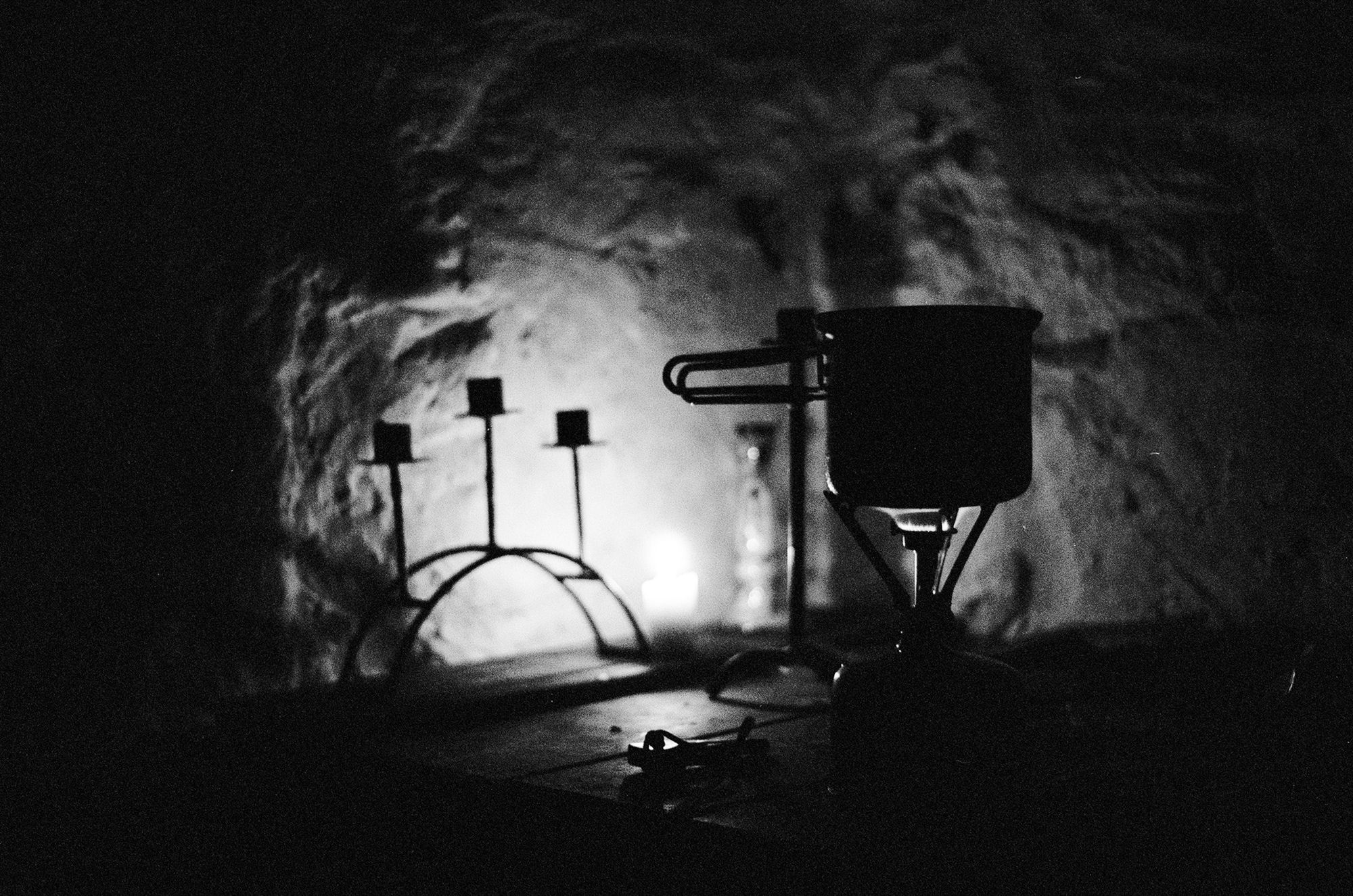
I’ve found that packaging my trips up into Instagram posts while on the trail takes something away from the experience, fragments it in a way that writing about it afterwards doesn’tI have gradually come to believe that being connected to the internet while on a multi-day trip has the effect of distorting my immersion in nature. I can’t think properly when exposed to a multitude of voices and opinions that flow in from social media, news, email, blogs, and everything else. Seeking silence and listening to my own thoughts has always been one of the most precious things about the time I spend in the mountains, but I can only achieve that when I put my phone in airplane mode for a few days, or when I’m hiking through an extended signal blackspot. During those periods, time returns to its proper dimensions and I’m able to really listen to my own thoughts again. Ideas come to me. I feel as if my mind is set free.
I’m also interested in what happens when I chronicle my adventures in real time on social media. I’ve found that packaging my trips up into Instagram posts while on the trail takes something away from the experience, fragments it in a way that writing about it afterwards doesn’t. I need a longer perspective to understand the true meaning of my time in the hills. Pinning it down while I’m out there disrupts that experience, that gradual accretion of understanding.
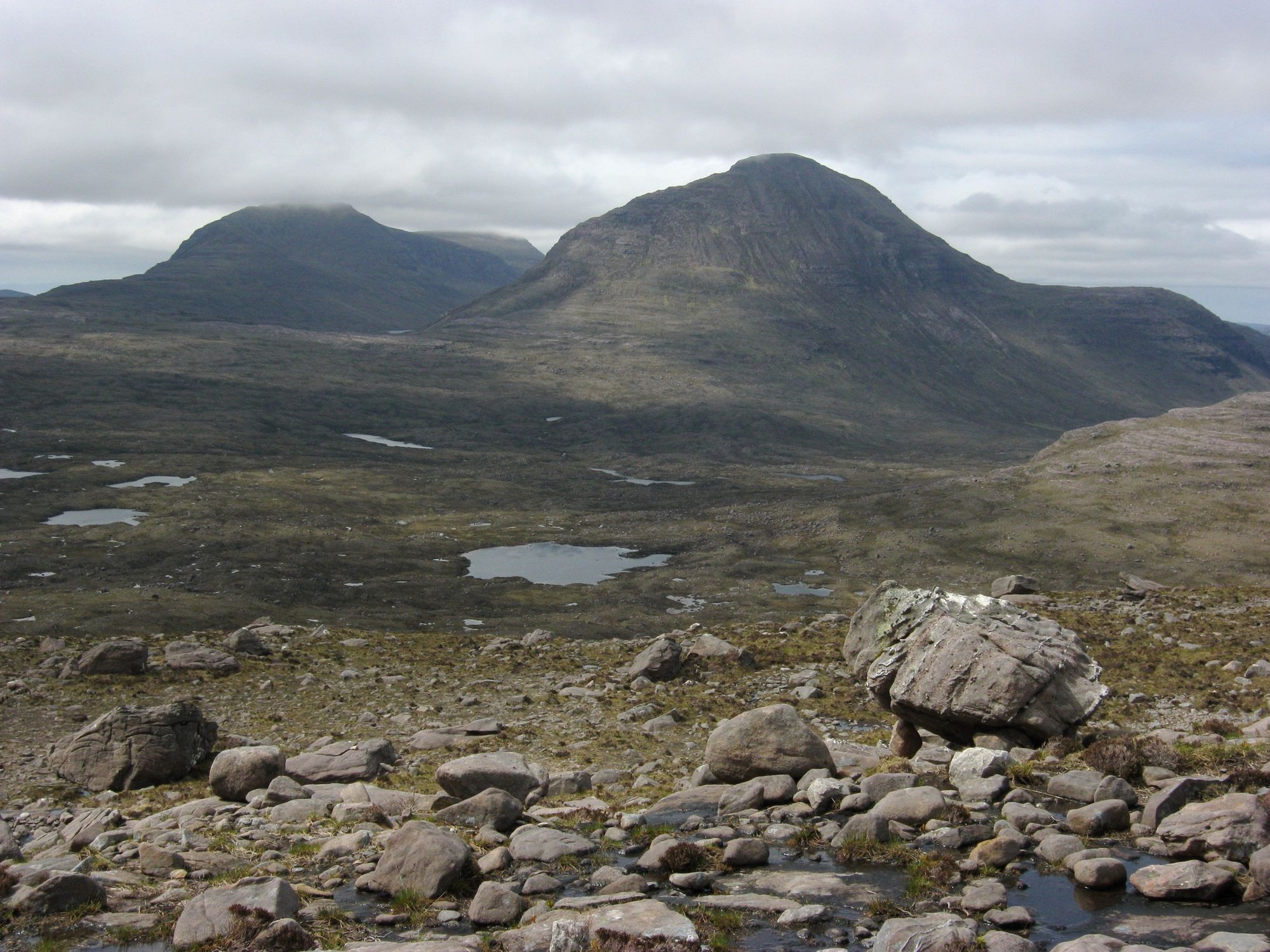
More generally, how is social media affecting the world of backpacking, mountaineering and hillwalking? It is having an effect, that’s for sure, but it can be hard to tell what’s going on without stepping back and getting some perspective on it. I hope that removing myself completely from that world for a few weeks will give me a different viewpoint.
If this all sounds a bit wishy-washy, then fair enough – I told you it was a personal thing! But as a writer, I’ve long been aware that attention and creativity must be nurtured, and that the internet has a slow corrosive effect on these qualities I hold so dear.
So here’s what I’m going to do: I won’t go online between Ardnamurchan and Cape Wrath. A few details:
- I will make use of restrictions on my iPhone to prevent it from accessing the internet, but it will otherwise work as normal. My wife will set a password for these restrictions. I won’t find out the password until I get to Cape Wrath.
- Obviously, I have no objection to weather or avalanche forecasts. I’ll obtain these via SMS or phone call from people who are supporting me (family and a few friends who have offered to help), or by asking at local businesses along the way.
- I will take photos with my camera and write in my notebook as usual, plus record voice notes. I hope to record as much as possible on my journey. This is something I’d love to write a book about.
- We’ll see what (if anything) I learn from it!
By its very nature this is always going to be a somewhat artificial experiment, because the internet is here to stay. However, when you take into account the huge signal blackspots along the length of the CWT, and restrictions on battery power, it isn’t as artificial as you might think. When I hiked the CWT in 2015 I was only able to access the web every few days. This will just extend that experience a little more.
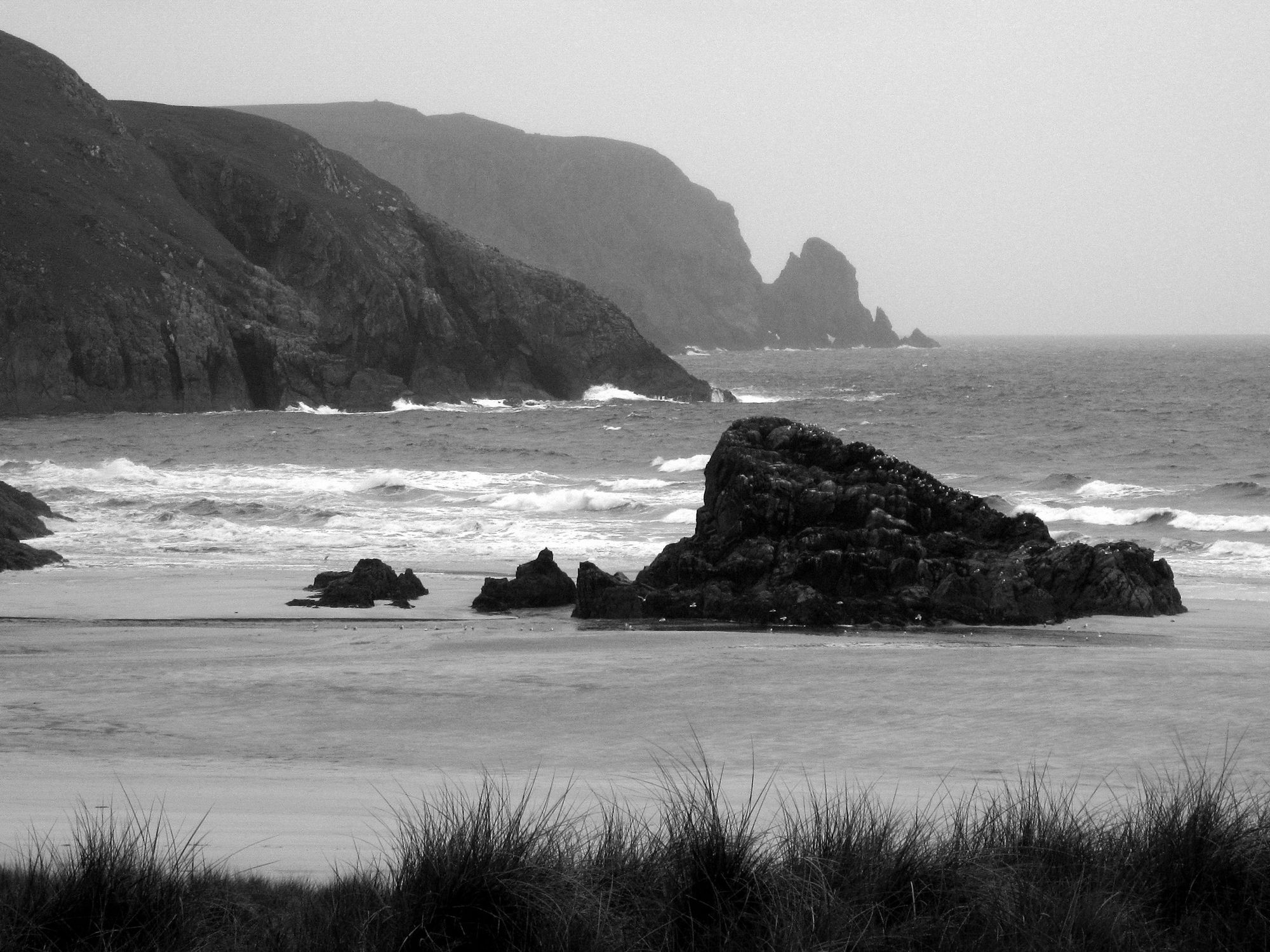
Next steps
The next step of the planning process is to reconnoitre the revised Knoydart section of my journey. Knoydart was by far the most serious section of my 2015 CWT, and tackling it in winter will be more difficult still, so I want to be sure the route is feasible before committing myself. I head up to Glenfinnan on Monday to hike the 50 miles to Glen Shiel.
I am currently in the process of obtaining the gear and food I need for my full journey, which will take place in February 2019. There are a few other logistical details to work out, but I’m excited about this project and it is definitely happening. Although I’ll be dark on social media for the duration of my 280-mile journey, there will be plenty published afterwards, so I hope you’ll enjoy reading about it when the time comes. I’ll also be sharing more of my planning process here on my blog.
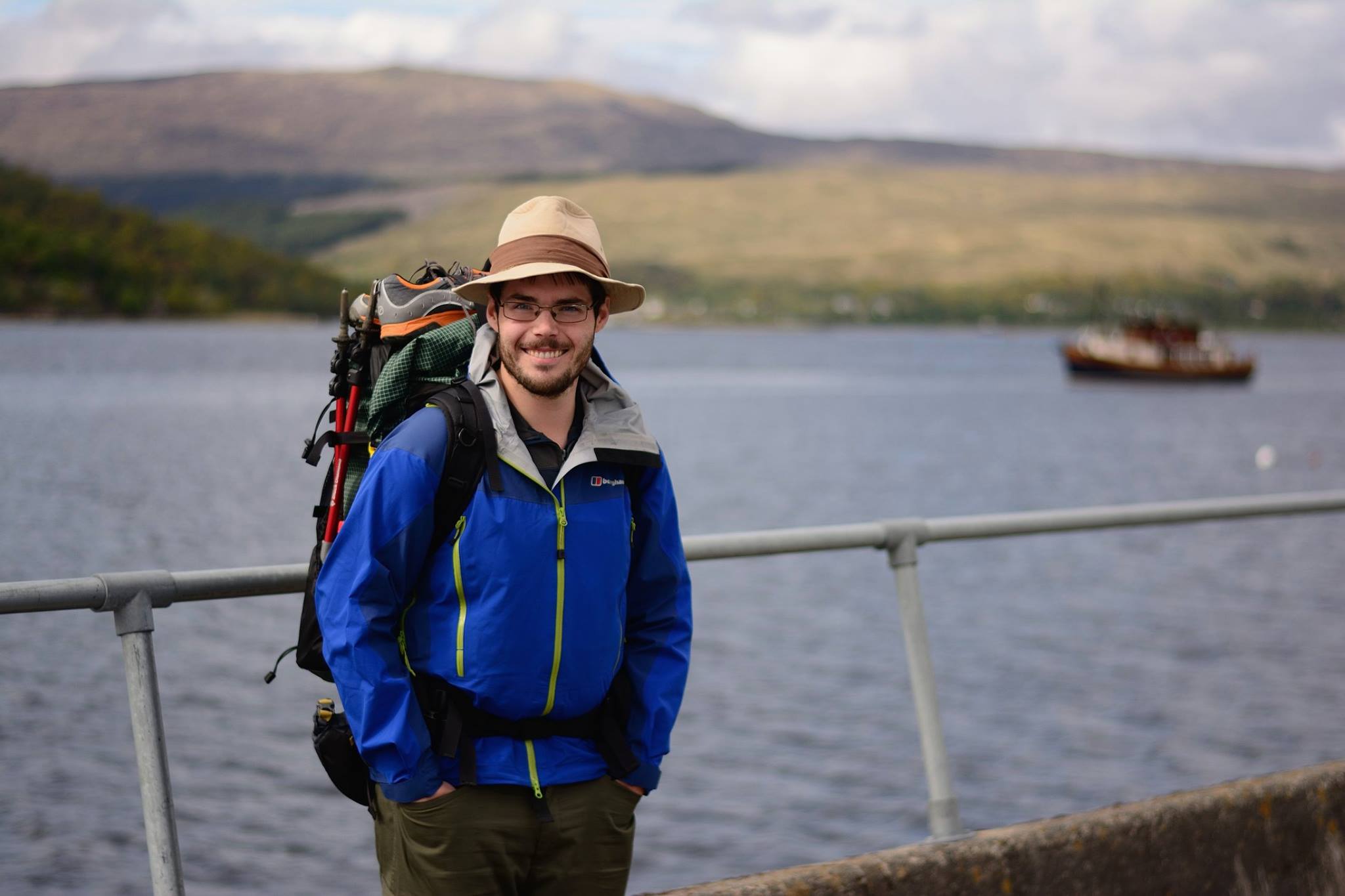
Alex Roddie Newsletter
Join the newsletter to receive the latest updates in your inbox.



